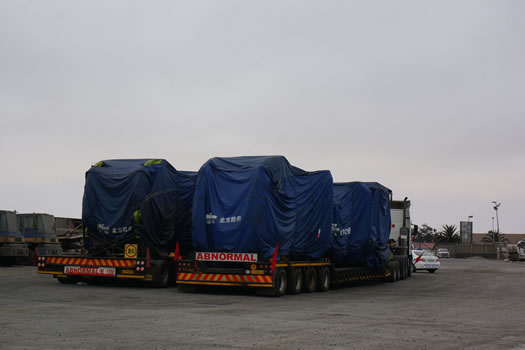
Cargo volumes by road to neighbouring countries continue to grow – WBCG

Cargo volumes by road continued to increase along the Walvis Bay Corridors this year as of October with 590,000 tonnes of cargo destined for neighbouring countries being recorded, according to the Walvis Bay Corridor Group’s (WBCG).
The group’s communications official, Cindy-Lu Hasheela in a statement said, the cargo equates to an increase of 19.8% for cross border cargo moving through the Port of Walvis Bay.
“It is expected that the final volumes along the corridors should close the year off at an estimated 36 percent higher than 2017,” she said.
According to Hasheela the growth in cargo volumes was driven by the Walvis Bay-Ndola-Lubumbashi Development Corridor, specifically destined for the Zambian and DRC markets which achieved an impressive 46,000 tonnes average per month.
“Volumes destined for the Zimbabwe market has similarly grown by 48 percent with mainly break-bulk being transported through the Port of Walvis Bay,” she added.
Although markets such as Zimbabwe, Zambia and the DRC have experienced stronger growth than other markets, the Angolan market has seen a slower growth, she noted.
WBCG Acting CEO, Clive Smith said the increase in volumes, reaffirms that the Walvis Bay Corridors is becoming the preferred trade route, when it comes to importing and exporting through the port of Walvis Bay, to and from southern Africa.
Meanwhile, key commodities transiting on the routes include copper, vehicles, frozen products, machinery and equipment as well as consumables, among others.













































